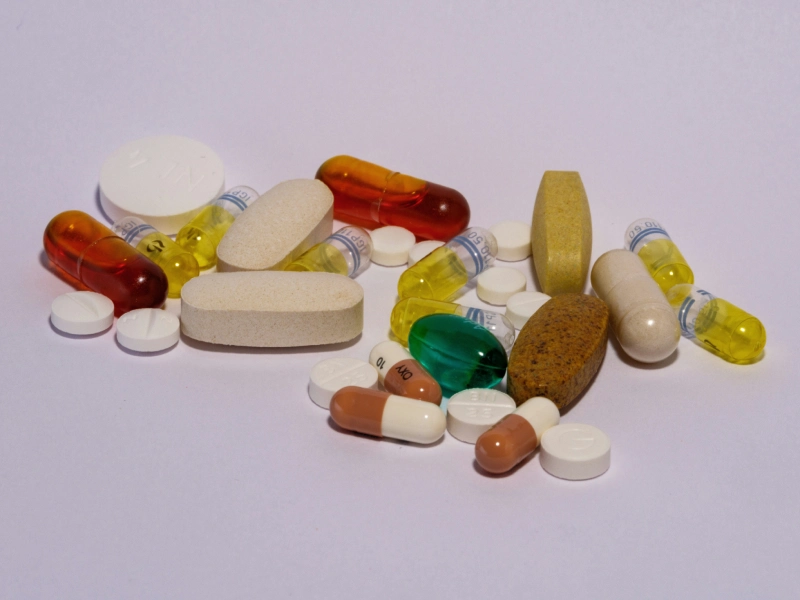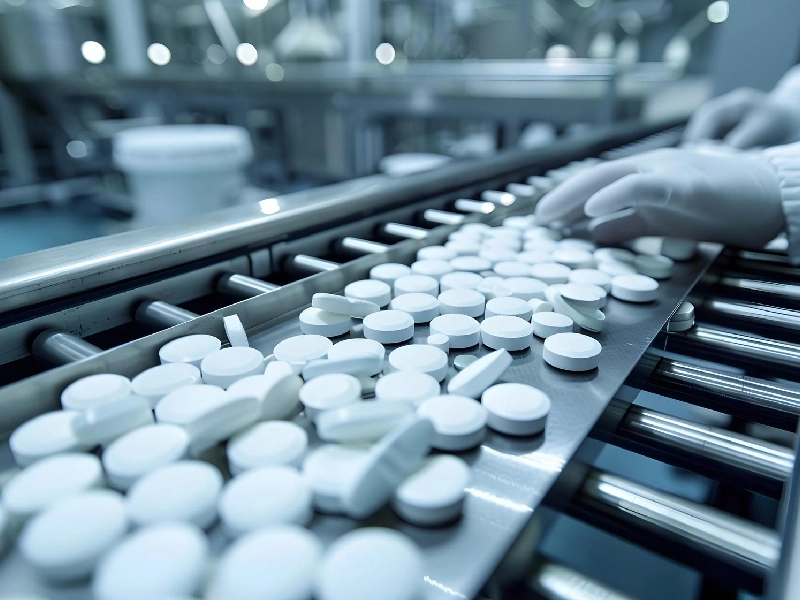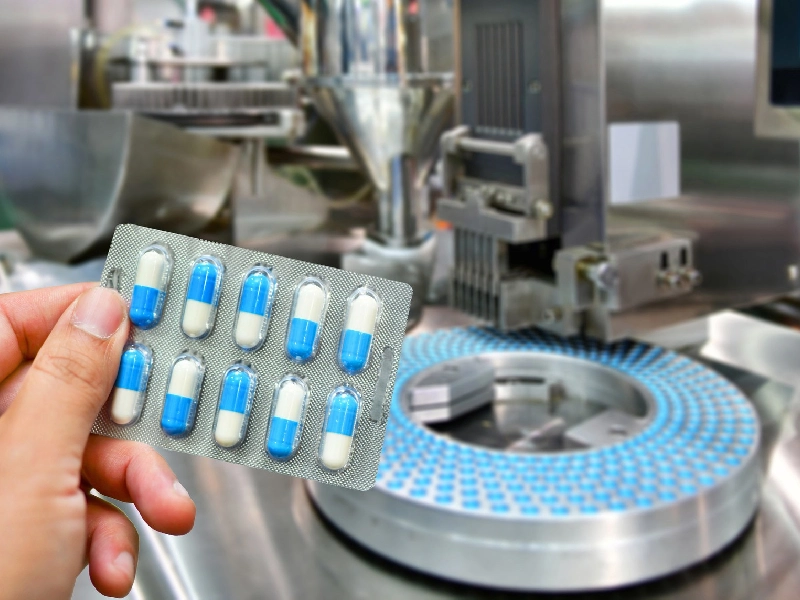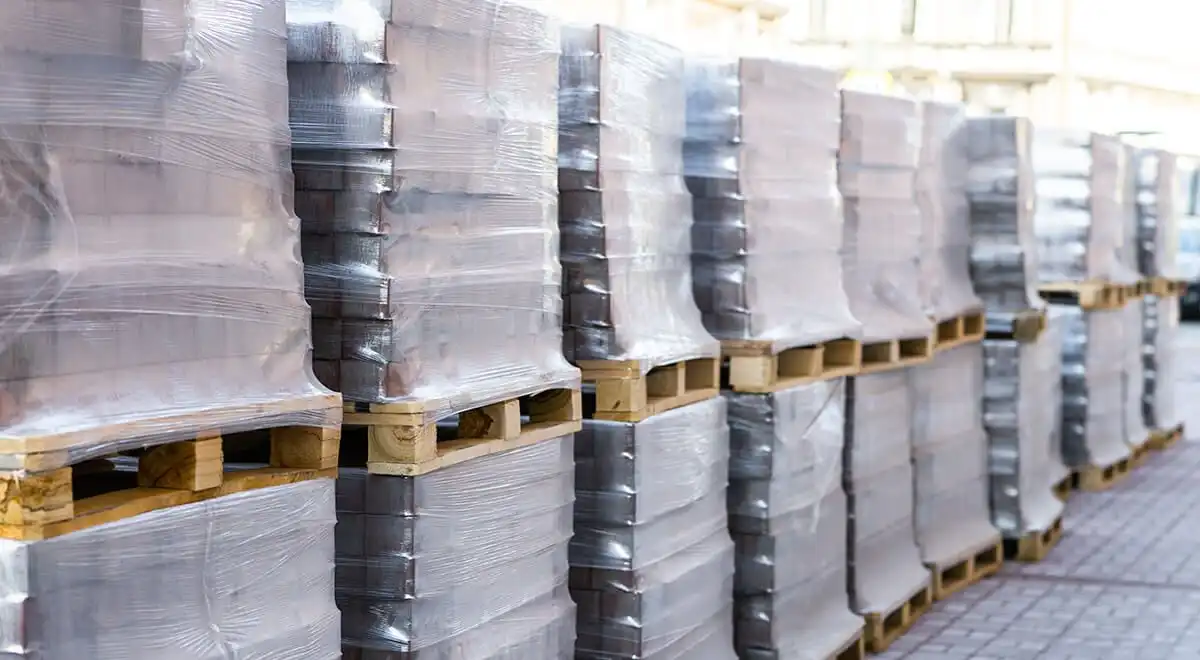Shrink film (often called shrink wrap or shrink nylon) is one of the go-to packaging materials across many industries—and pharma is no exception. Thanks to its heat-reactive properties, shrink film plays a critical role in protecting, sealing, and presenting medical products the right way.
What Is Shrink Film?
Shrink film is a thin layer of plastic—usually made from polyethylene (PE) or PVC—that shrinks tightly around a product when heat is applied (typically between 160°C and 220°C). This tight seal adds a layer of protection, making it a smart choice for keeping pharmaceutical products safe from moisture, dust, and contamination.
Key Benefits of Shrink Film in Pharma Packaging
Shrink film is a favorite in the pharmaceutical world for a few solid reasons:
- Crystal-clear visibility: Transparency lets professionals inspect products without opening the package—a major plus for quality control and visual verification.
- Barrier protection: It acts as a reliable shield against moisture, dirt, and bacteria, helping preserve drug quality.
- Strong yet flexible: Shrink film resists tearing and conforms to a product’s shape, even during rough transport.
- Printable surface: Companies can add logos, product info, or security labels directly to the film—ideal for branding and compliance.
- Cost-effective: Compared to other packaging options, shrink film offers great protection without driving up costs.

Common Uses of Shrink Film in Pharma
Shrink film isn’t just one-dimensional. It’s used at multiple points throughout the pharmaceutical supply chain:
1. Medical Device Packaging
Shrink film is widely used to pack items like syringes, disposable gloves, and surgical masks. It helps keep these tools sterile until they’re ready to use.
2. Bottles, Capsules & Tablets
Shrink wrap provides a clean, protective layer over pill bottles, blister packs, and capsule containers. It boosts shelf life and prevents contamination. You’ll also often see it used on bottle necks or lids for tamper-evident seals.
3. Anti-Counterfeit Protection
Shrink film helps prevent tampering and counterfeiting. A sealed wrap clearly shows if a product has been opened, adding a layer of trust for both companies and consumers.
4. Multipack Bundling
Need to ship several identical items together? Shrink film wraps them tightly into one secure package, making transportation and storage way more efficient.
5. Preserving Product Integrity
By creating a semi-vacuum seal, shrink wrap protects sensitive products from oxygen exposure—vital for drugs that degrade when exposed to air or humidity.

Advantages at a Glance
- Environmental barrier: Keeps products safe from moisture, dust, and damage.
- Shelf appeal: Clear wrap and print-ready surfaces make for a professional, market-ready finish.
- Lower costs: Lightweight and affordable, it keeps packaging budgets under control.
- Easier logistics: Shrink film reduces package size and keeps items secure during shipping.
What to Watch Out For
Shrink film isn’t one-size-fits-all. You need to choose the right thickness and material based on the product—thicker films for heavy-duty tools, thinner ones for lighter, more delicate items. Also, not all films are pharma-safe. Always go with films that meet medical-grade hygiene standards.
Advanced machinery like shrink wrap tunnels and industrial heat guns help ensure a clean, consistent seal—critical for meeting pharmaceutical regulations.
Raga Parsian: Your Shrink Film Partner
Raga Parsian is a trusted name in Iran’s shrink film manufacturing sector. We offer a wide range of shrink film options—including custom sizes, thicknesses, multilayer, printed, and colored variants—tailored to meet the strict demands of the pharmaceutical industry.
All our products meet pharma-grade standards and are suitable for packing everything from medical tools to drug containers. Need help choosing the right film or placing an order? Get in touch with the Raga Parsian sales team today.

Final Thoughts
Shrink film is more than just packaging—it’s a protective layer that ensures your pharmaceutical products stay safe, sterile, and shelf-ready. With its flexibility, transparency, and durability, it’s a key player in maintaining quality from production to delivery.



